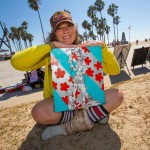Segregation and the Bible Belt
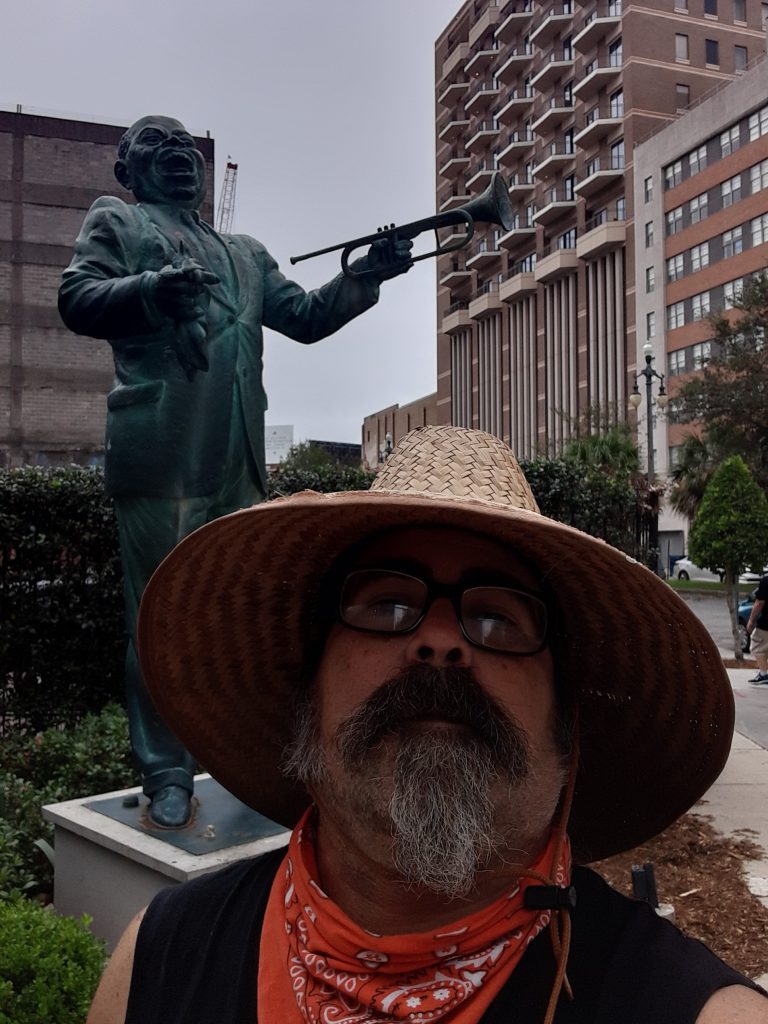
Several North American highways are as iconic and pioneering such as Route 66. The highway extends from Chicago to L.A. and many have got their kicks on Route 66. However there is another iconic highway that you might not have traveled and it is called the Blues Highway.” This iconic road is known as Highway 61 and it includes such music-centered cities as Louisiana to Nashville. I started my travels in New Orleans or commonly known as “the Big Easy” in Louisiana. Original settlers were Native American tribes consisting of Natchez (sun set ) and Chickasaw. It was then colonized by the French in 1718. The French ceded to the Spanish 1763 after the defeat of the French to the British Colonists. Many years later, with the American Revolutions defeat over British and French rule, the Louisiana Purchase of 1803 was completed. Because of this purchase, the United States expanded much of its frontier as far west as Colorado and north of the Montanas, and east of Missouri.
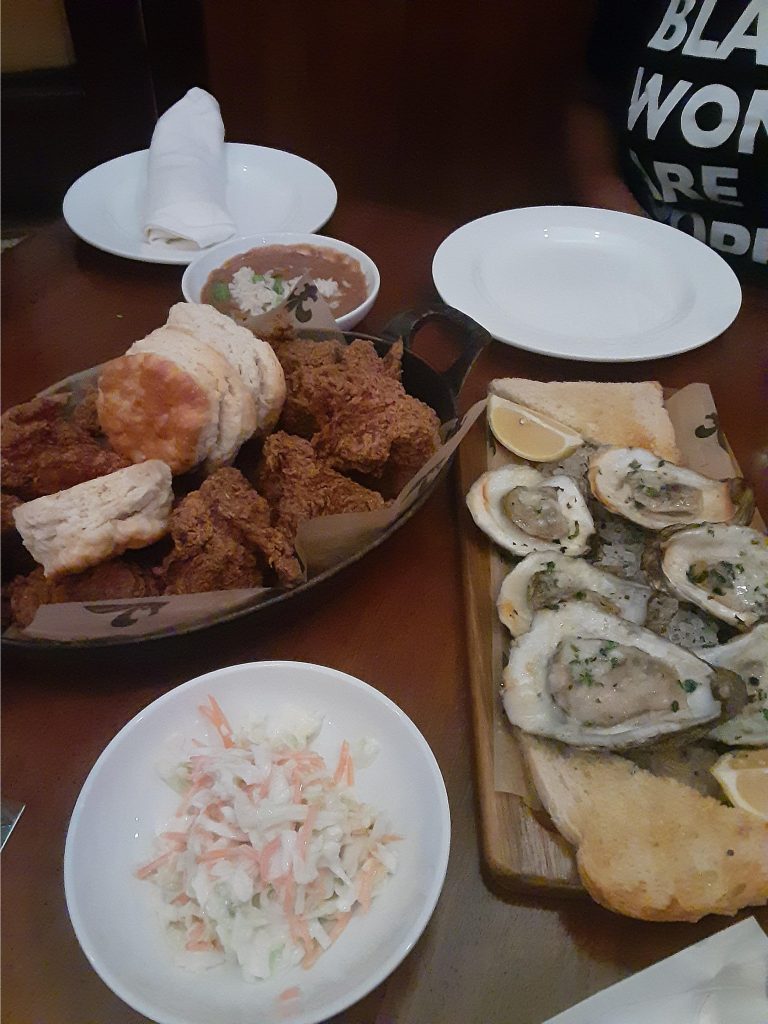
Under French early rule, African Slaves and Indigenous slaves were common. The area included some free African slaves, but not until 1865 (the end of the American Civil War) was slavery abolished by the Emancipation Proclamation facilitated by the Union defeat over the Confederate South. The Southern Bible Belt is primarily Protestant but there is a small demographic mix of Catholicism which is what makes New Orlean’s a very unique city consisting of a fabric of syncretism within religions. The diaspora of African and Afro Carribean Ramon Catholic beliefs, known as Voodoo, typically was practitioned against the struggle and hardships of slavery. This was my second visit to New Orleans; the first visit paralleled with the 2005 devastating hurricane Katrina of 2005. The charm of the city culture of French, Spanish Creole architecture, stretched out over Parishes which includes rows of Oak trees was still mesmerizing to behold. The delicious hungry palette of Creole culinary delights of gumbo, jambalaya, crawfish /seafood and was augmented by the French Cuisine which includes the infamous beignets, a fried sugar coated like donut. New Orleans is very rich in cultural diversity from Spanish, Creole, Vietnamese and Cuban influences. I love to travel to find people’s culture through food, and architecture.
Musical Preferences
My personal preference of examining ethnology within southern culture is music. Music in this area, has a connection with the slave trade. During the early colonial rule of the British, French and Spanish, music was always a form of communication with slaves through songs and dance. With this ethnological approach in mind, my musical Blues Highway began with New Orleans which gave birth to Jazz Music. The musicians included many of the most prolific, highly prestigious and influential group such as; Trumpeter Luis “Satchmo” Armstrong, Professor Longhair, Fats Domino, Wynton Marsalis, Neville Brothers, Jerry Lee Lewis, Slim Harpo, Dr John to name few notables. As well as Jazz music, you will also find music genres such as Zydeco, Cajun which all laid ground for the 20th Century Blues Highway which began on the infamous Highway 61 (revisited).
In the Beginning
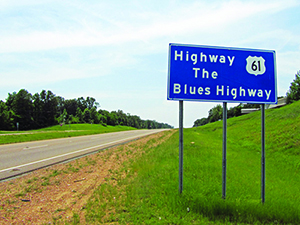
Highway 61 begins or ends depending where you began, in Minnesota. More specifically Hibbing, the hometown of Bob Dylan, which inspired him to write the song “Highway 61 Revisited” off of his 6th album. If you’re not good with selling your soul to the devil as the great Delta Mississippi Blues Legend Robert Johnson, of the 1930’s, then i highly recommend listening to Freddie McDowell, a great Blues player of the 60’s Blues Revival. The Blues Music Highway 61 runs clean 1,400 miles north to south along the Mississippi Rivers and takes you all the way to New Orleans. Most famously Highway 61 stretches between Nashville Tennessee through Memphis which is known as “Music Highway.” It also leads through the Delta Mississippi “Blues Highway” to Jazz City of New Orleans which carried along all the earliest musicians from their rural hometowns to the buzzing music scene of the bigger cities. Imagine taking this highway in 1908 with upstart Ford Motor Company rolling out the first ever Model T automobile? By the 1920s there were over 8 million cars registered to the roads in conjecture by the end of WW1. The Federal Government initiated the Federal Highway Act which Highway 61 was one of its designations to pave highways from the long winded gravel roads. I was beyond thrilled to voyage out from New Orleans in my rental car navigating between the beautiful scenic country of the rural Deep South counties filled with small towns. Witnessing very lush green swamplands give way to the Mississippi cotton farmland reminded me of my early memories being transfixed by my Delta Blues cassette tapes. I listened to these tapes as a young teen, listening to the earliest Delta Blues musicians. I also read books and stories from British Rock and Roll stars written in American music magazines.
Driving through the Delta triggered in me thoughts of the last 5 year’s of super charged political racial tensions and history of the Southern culture heritage of hardships. I fixated on the struggles of the inhumane white colonial institutionalized chattel slavery system, in which Africans and African Americans by law were treated as property traded, bought or sold. I stopped in Jackson Mississippi for a quick southern lunch after a 3 hour drive officially now, “In the most Southern Place on Earth.” The Delta Mississippi was once fields of timber then sold to make way for the Cotton Belt of the 20th centuries of new economics of plantations. Cotton and sugar cane was the predominant source of agriculture only now spatial remembrance of old factories and farms dotted far in between as I just made it into Clarksdale before sunset. ” Clarksdale, known as the Gateway to the Blues ” is an historic town and home of many Blues legends such as the Legend Robert Johnson’s infamous tale of the Cross Road’s. In this tale, Johnson sold his soul to the devil and became one the earliest iconic Blues Guitarist of the 1930’s. The Delta Blues or variant versions of early Country Blues consist of harmonica, guitar and slide guitar were hallmarks along with Delta vocal style that is introspective soulful, passionate and fiery coinciding with the 1920s/ 30s era. You must discover such Delta Blues Musicians like Freddie Spruell (earliest recordings “Milk Cow Blues”), Muddy Waters (later became Chicago Chess Records Blues Man 1950’s), Son House, Robert Johnson, Big Joe Williams, Sonny Boy Williamson II (Harmonica), Elmore James (King of Slide Guitar), John Hurt (Country Blues Guitar Singer), John Lee Hooker and so many more. However to represent female Blues, singers please check out the “Empress of the Blues” Miss Bessie Smith, Ms. Smith was originally born in Chattanooga Tennessee and died tragically in a car accident on Highway 61 just outside of Clarksdale and Memphis in 1937.
At Crossroads
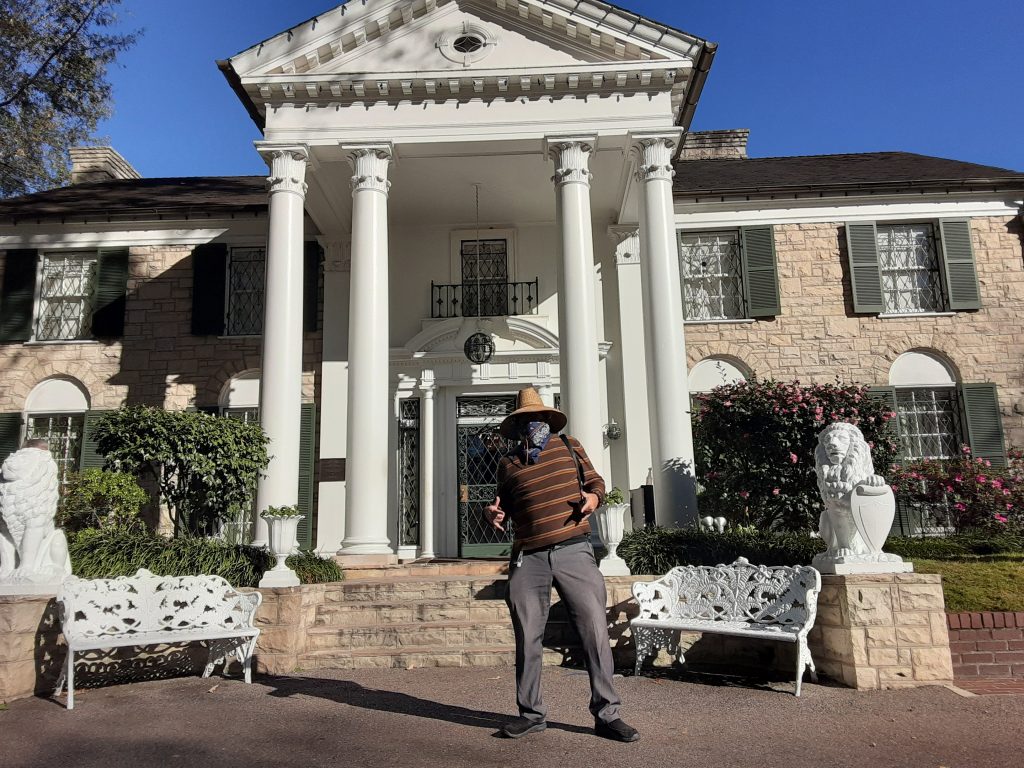
After visiting the CrossRoads of Clarksdale just an hour away from the BirthPlace of Rock and Roll, Memphis Tennessee, I arrived early evening to rest up for a morning day visit to Elvis Presley’s “Graceland.” Graceland is a must visit for any music enthusiast. Behold the gaudy but fun lavish interior decorated inside the colonial mansion and his private jet aptly named Marie Presley, a jet which he flew throughout the late 60’s until his death 1977. Graceland is an example of Rock and Roll extravagance 101. My personal favorite for my dollar and soul is the living shrine known at Sun Studios the BirthPlace of Rock and Roll, where Elvis Presley cut his first 6 top #1 singles before going to RCA records in Nashville. There are lots of luminaries associated with Sun Studios including Johnny Cash who would pace the outside back parking lot eager to cut a record. Also, Jerry Lee Lewis would burn his cigar into the Sun House Studio Piano during his early recording sessions. Musicology Historians all agree that Sun Studios is the place of the very first Rock and Roll song recorded by Jackie Brenton and His Delta Cats. The Delta Cats included original members Ike Turner who was the keyboard song composer of “Rocket 88” circa 1951. Many greats have recorded there from B.B King, Howling Wolf, James Cotton and Roy Orbison, to Rufus Thomas ( Walking the Dog, Memphis pioneer-from Mississippi), Jerry Lee Lewis, Johnny Cash and Carl Perkins who all recorded at the studio between 1955 to late 1950’s before owner Sam Philips closed shop and opened new studio at a larger location.
Original Heartache
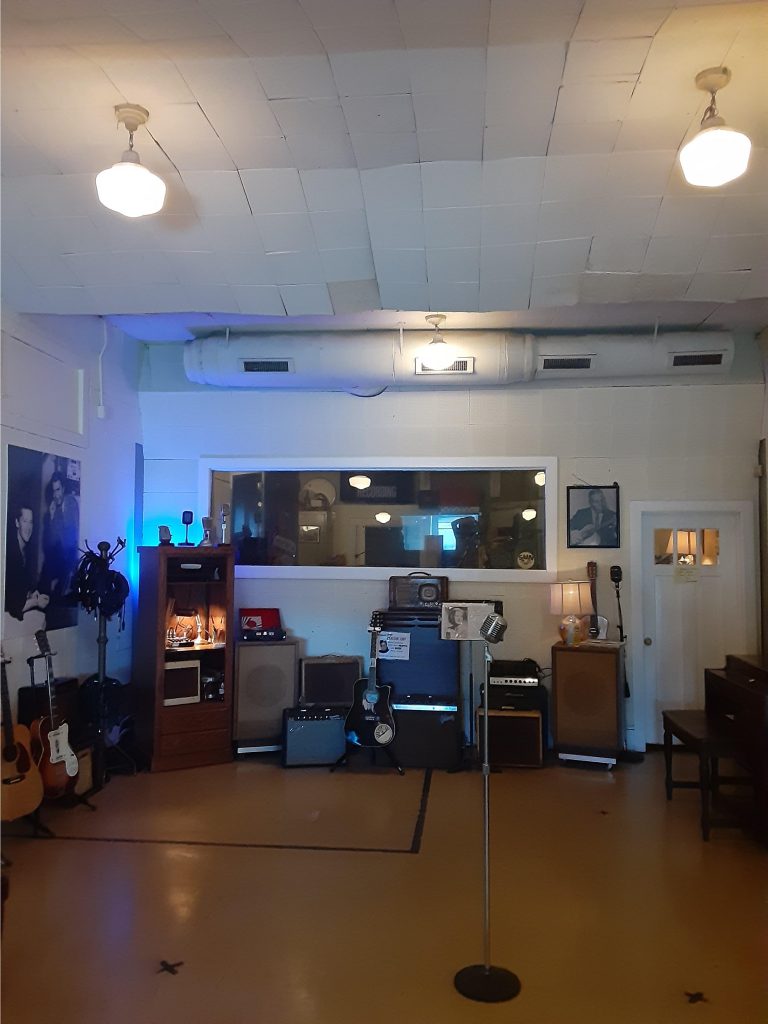
From the 1960s the Sun Studio original building became other businesses until the mid 1980s where it once again became a working studio and ongoing museum with most of the original interior still intact from the 1950’s. Elvis first recorded “My Happiness,” “That’s Where My Heartache Begins,” “That’s Alright” cover song originally by Delta Bluesman Arthur Crudops and “Blue Suede Shoes” originally by Carl Perkins. Johnny Cash’s “Folsom Prison Blues,” “Hey Porter,” “I Walk the Line” and “Cry Cry Cry” were all recorded at Sam Phillips Sun Studios. Simply a must visit while visiting Memphis, this historical tour begins on the 2nd floor with relics of studio past before finding yourself inside the original recording room. The original recording is home to historic Rock and Roll tales of Gospel, Country Blues, Rockabilly and Rock & Roll. One of the fascinating stories is a Doo Wop group incarcerated in the Tennessee Prison in Nashville early 1950s. Sam Phillips the owner of Sun Studios after hearing them on the gospel radio made a deal with the prison warden to record this incredible singing Doo Wop group called the Prisonaires. The Soulful Singing Doo Wop group were transported from the prison to Sun studios still handcuffed and shackled during the entire recording session of the song ” Just Walking in the Rain.” The song, which sold over 250,000 copies and granted them day passes to tour although they were doing hard time for murder, manslaughter and larceny, talk about redemption.
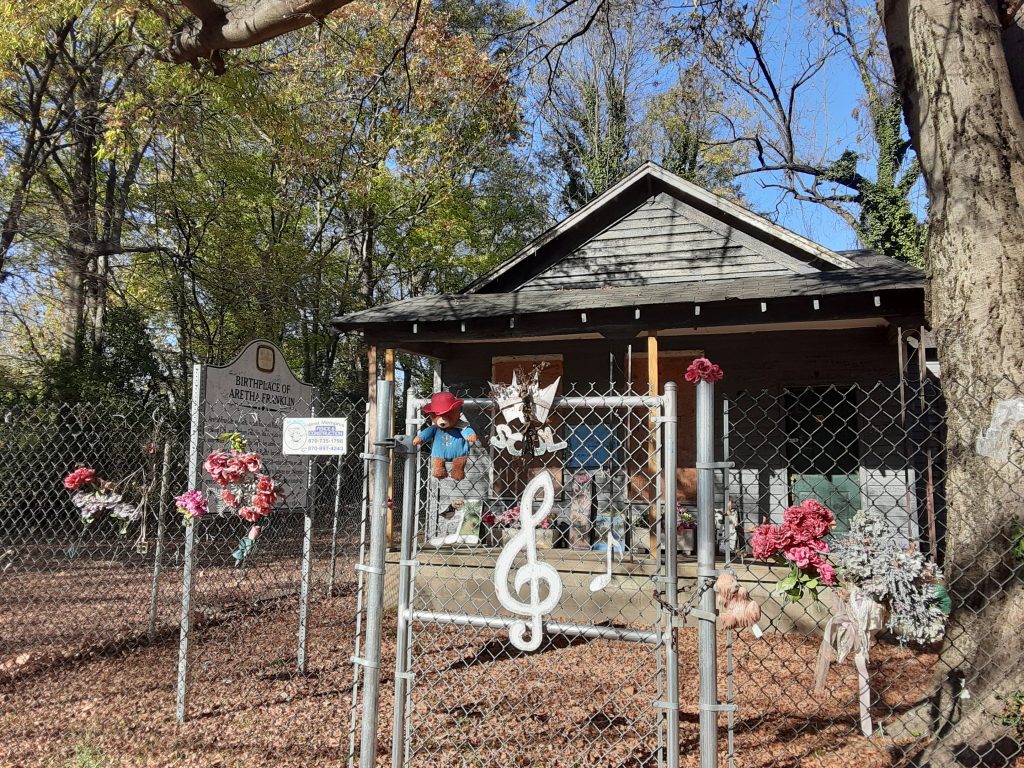
Memphis is a great historic city of Music and the Civil Rights Movement, a popular visit for any road traveling Music History enthusiast. Before I continued down Highway 61 “Music Highway,” I respectfully visited the Queen of Soul Aretha Franklin’s birthplace and the historic Lorraine Hotel where Dr. Martin Luther King JR was assassinated in 1968. May you rest in Power Soul Queen and Dr. King!
Find out more about Greg Hernandez and read his previous articles here!
North Bound Blues
Maggie Jones
Got my trunk and grip all packed
Goodbye, I ain’t coming back
Going to leave this Jim Crow town
Lord, sweet pape, New York bound
Got my ticket in my hand
And I’m leaving dixieland
Going north child, where I can be free
Going north child, where I can be free
Where there’s no hardships, like in Tennessee
Going where they don’t have Jim Crow laws
Going where they don’t have Jim Crow laws
Don’t have to work there, like in Arkansas
When I cross the Mason-Dixon Line
When I cross the Mason-Dixon Line
Goodbye old gal, yon mama’s gonna fly
Going to daddy, got no time to lose
Going to daddy, got no time to lose
I’ll be alone, can’t hear my northbound blues
Join our Community

Please help support Independent Media by subscribing below. This is a free subscription which will entitle you to free giveaways, books information, book previews, merchandise giveaways, event news, book signing info and more! Thank you.
Community Publishing is from the Community for the Community!




